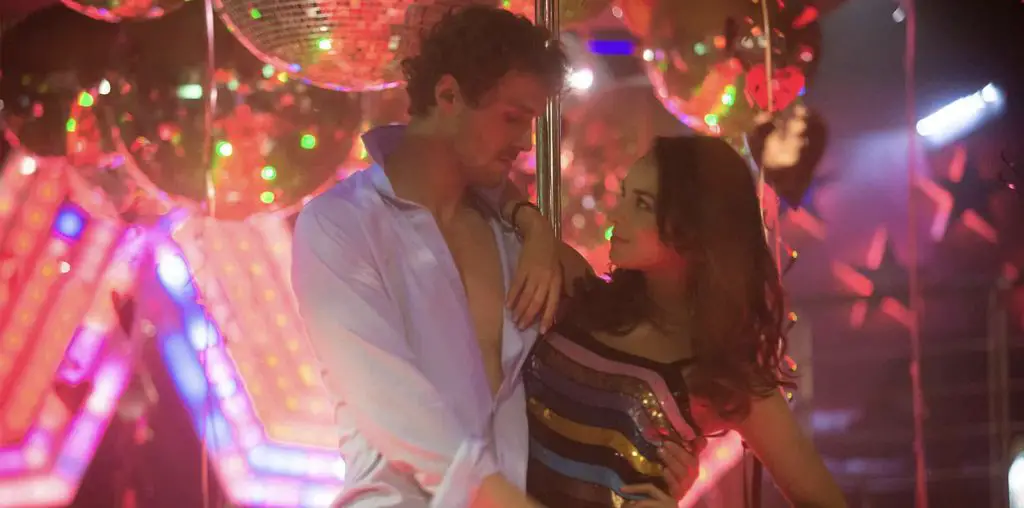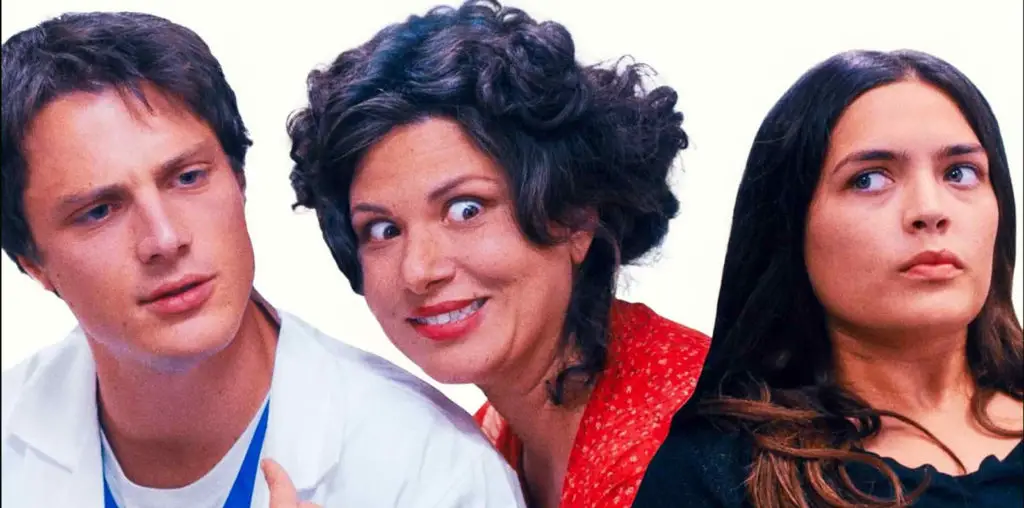
A fictional travelogue, “Excursions” features footage Street shot on a 3-month trip to Mexico and Guatemala. The footage, separated by frequent blackouts, is mostly shown in slowed down, jerky frame rates, with grainy colors, which resemble watercolors. Some footage is extremely slowed down reverse black and white and looks like beautiful charcoal drawings.
The soundtrack begins with the diary entries of a woman who comes to realize that she hates the man she is traveling with. She makes him sound like an egotistical prick. They eventually agree to separate and spend the rest of their travels apart. We then hear the man reading from his own diary entries, and we find out that he is indeed just as egotistical as the woman claimed. He is quite up front about the fact that his reason for traveling is that he wishes to find out more about himself, more than anything he observes on the trip. In the three months of his travels, he seems to have observed extremely little about the places and people he sees, but he observes a great deal about his own reactions, especially his feelings of guilt about being a person from a rich country traveling through the mind-boggling poverty which makes up most of the world.
He notes that people seem to act differently whenever he begins filming, but also that he can’t seem to make himself turn off the camera. “I can’t seem to just look without taking,” he says. He notes that his filmmaking is both a way to understand his experience and a way to distance himself from it.
About the only time he makes extensive note of his surroundings is when he sees many soldiers and some mass graves in Guatemala, but he doesn’t specifically seem to make a connection with the US support of political violence in that country. He tells a story of a Swiss photographer who takes pictures of indigenous rituals without the knowledge or permission of the subjects. When he asks someone about the pictures, they reassure him that the people depicted are probably all dead.
The film ends by going back to the voice of the woman, who notes that her travels have enabled her to slow down and observe things like the light fading at the end of the day. The soundtrack also contains recordings of Street trying to speak with Mexicans in broken Spanish, and various incidental sounds.
“Excursions” is an interesting example of fiction film made with footage and sound recorded from real experiences in the filmmaker’s life. The text freely mixes ‘real’ journal entries from the trip with fictional ones, as well as quotes from Malcolm Lowry’s book Under the Volcano. The story created is of two people so wrapped up in themselves that they can neither see each other, nor the place that they are visiting. The painterly images reminded me at times of Gaugin’s images of Tahiti, with its questionable use of exotic material. The activity of making art is shown as a way of containing and diffusing cultural difference, rather than exploring or understanding it.


